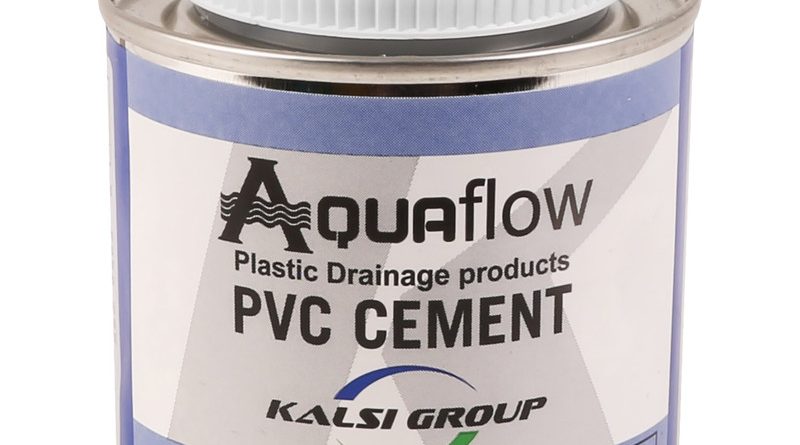Invisible Bonds: The Science and Art of PVC Solvent Glue
Introduction
PVC solvent glue, a seemingly unremarkable substance, plays a pivotal role in numerous construction and manufacturing processes. Despite its widespread use, the intricate chemistry and the skilled application of PVC solvent glue often go unnoticed. This article delves into the science and art behind this essential adhesive, unraveling its complexities and appreciating its significance in our daily lives.
The Chemistry of PVC Solvent Glue
Understanding the Composition
PVC solvent glue, or polyvinyl chloride solvent cement, is a blend of PVC resin and various solvents. The primary component, PVC resin, is a thermoplastic polymer known for its durability and resistance to environmental factors. The solvents, typically a mixture of ketones and acetates, serve to dissolve the PVC resin, creating a viscous liquid.
The Solvation Process
The effectiveness of PVC solvent glue lies in its solvation process. When applied, the solvent dissolves the surface layers of the PVC components to be joined, temporarily softening them. This process creates a partially liquefied layer where the PVC molecules from both surfaces can intermingle.
Curing and Bond Formation
As the solvent evaporates, the liquefied PVC begins to harden, effectively fusing the pieces at a molecular level. This process, known as curing, results in a bond that is often stronger than the PVC material itself. The curing time can vary based on the glue formulation and environmental conditions.
Applications of PVC Solvent Glue
In Construction
PVC glue is indispensable in the construction industry, particularly in plumbing and electrical conduit installations. Its ability to create strong, watertight, and durable bonds makes it ideal for piping systems.
In Manufacturing
Beyond construction, this adhesive finds applications in various manufacturing processes, including the production of PVC-based consumer goods, automotive parts, and even in medical device manufacturing.
The Art of Application
Surface Preparation
The strength of the bond created by PVC solvent glue is highly dependent on surface preparation. Surfaces must be clean, dry, and free of any debris or oils. Often, a primer is applied before the glue to enhance the solvation process.
Application Techniques
Applying PVC glue requires skill and precision. The glue must be applied evenly, without excess, and the components must be joined quickly and accurately. Proper technique ensures a seamless bond and minimizes the risk of leaks or structural failures.
Safety Considerations
Working with PVC solvent demands attention to safety. The solvents in the glue are volatile and can emit harmful fumes. Adequate ventilation and the use of personal protective equipment are essential to ensure safety during its application.
Environmental and Health Aspects
Potential Hazards
The solvents in PVC glue are flammable and can pose health risks if inhaled or if they come into contact with the skin. Long-term exposure to these solvents has been linked to various health issues.
Advancements in Eco-Friendly Formulations
Recent developments in the industry have led to the creation of more environmentally friendly and less hazardous PVC solvent. These advancements aim to reduce the ecological impact and health risks associated with traditional formulations.
Conclusion
PVC solvent glue, while often overlooked, is a marvel of both science and craftsmanship. Its unique chemical properties and the skill required for its application underscore its importance in various industries. As we move towards more sustainable practices, the evolution of PVC solvent glue remains a key area of interest for scientists and manufacturers alike. This invisible yet robust bond continues to hold our world together in myriad, unseen ways.

